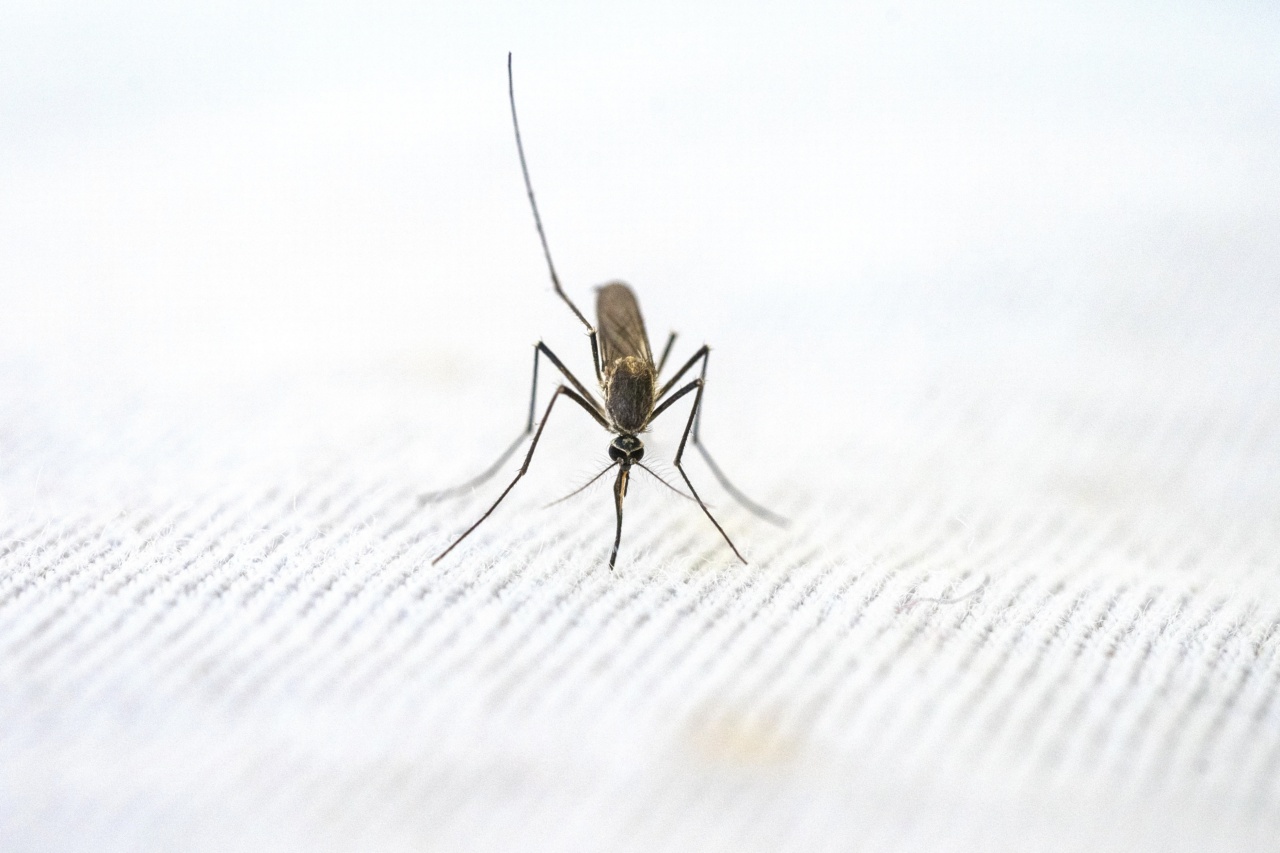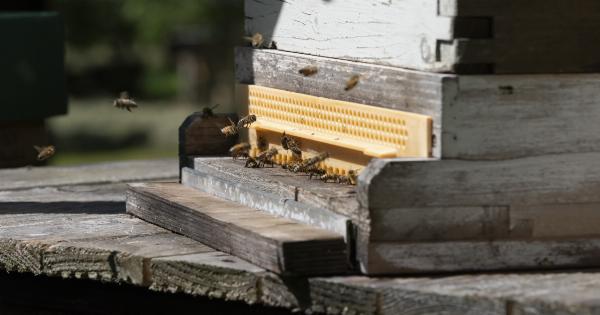Insects like bees, wasps, and hornets have stingers that can cause painful and sometimes dangerous reactions in humans.
While it’s important to know how to avoid getting stung, it’s also essential to understand how to safely dispose of any stingers that may be left behind. This article will guide you through different methods for safely handling and disposing of insect stingers to prevent any potential harm or allergic reactions.
Why Safe Disposal of Insect Stingers is Important
Before we delve into the safe methods for disposing of insect stingers, let’s first understand why it is crucial to handle them properly:.
1. Allergic Reactions: Many people are allergic to insect stings. If an individual with an allergy comes into contact with an insect stinger, it may cause a severe allergic reaction, known as anaphylaxis.
Proper disposal of stingers reduces the risk of accidental exposure and potential allergic reactions.
2. Spread of Venom: Insect stingers contain venom, which they inject into their victims. Leaving stingers lying around can increase the chances of accidental contact, leading to further stings and an increased dose of venom.
3. Safety of Pets and Children: Curious pets and young children may unknowingly come into contact with discarded stingers, resulting in stings and potential discomfort. Disposing of stingers safely ensures the well-being of your loved ones.
Safe Methods for Disposing of Insect Stingers
Now that we understand the importance of safe disposal, let’s explore the various methods you can use:.
1. Remove Stingers Using Tweezers
If you or someone you know has been stung by an insect, it’s crucial to remove the stinger promptly. The longer the stinger remains in the skin, the more venom is released. Here’s a step-by-step guide to removing the stinger:.
a) Use fine-tipped tweezers to grasp the stinger as close to the skin as possible.
b) Gently and steadily pull the stinger out in the same direction it entered the skin. Avoid squeezing the stinger, as that may release more venom.
c) After removing the stinger, clean the area with soap and water to prevent any potential infection.
2. Dispose of the Stinger in a Sealable Container
Once the stinger has been safely removed from the skin, it’s essential to dispose of it properly. Here’s how you can do it:.
a) Prepare a sealable container, such as a plastic bag or a small jar.
b) Drop the stinger into the container.
c) Seal the container tightly to prevent any accidental exposure or escape of the stinger.
d) Label the container “Insect Stinger – Caution” to ensure clear identification and avoid any accidental mishaps.
e) Store the container in a safe place away from the reach of children and pets until it can be disposed of in an appropriate manner.
3. Freeze the Stinger
Freezing the stinger is another method that can be used to immobilize and preserve it. This method is particularly helpful if you want to retain the stinger for identification or subsequent medical analysis. Here’s how to freeze an insect stinger:.
a) Place the stinger in a small sealable plastic bag or a small container suitable for freezing.
b) Fill the container with enough water to submerge the stinger completely.
c) Seal the container tightly.
d) Place the container in the freezer and leave it there until needed.
e) When disposing of the frozen stinger, follow local regulations for proper disposal of hazardous waste.
4. Burn the Stinger
Burning the stinger is a method that ensures complete destruction, eliminating the possibility of any accidental contact. However, it’s essential to exercise caution when using this method to prevent injuries or fire hazards.
Follow the steps below to burn an insect stinger:.
a) Prepare a fireproof container, such as a metal can or a non-flammable dish.
b) Carefully place the stinger in the fireproof container.
c) Using a long match or a lighter, set the stinger on fire.
d) Ensure that the stinger is completely burned and reduced to ash.
e) Allow the remnants to cool down completely before disposing of them in an appropriate manner.
5. Contact Local Authorities or Professionals
If you’re unsure about handling insect stingers or if you are dealing with a large infestation, it’s best to contact local authorities or pest control professionals.
They have the expertise and equipment necessary to safely remove and dispose of stingers, ensuring minimal risk to both you and the environment.
Precautions to Take
While disposing of insect stingers, it is important to take the following precautions:.
1. Use Protective Gear: Wear gloves and protective clothing, such as long sleeves, pants, and closed-toe shoes, to prevent accidental stings while handling stingers.
2. Avoid Crushing Stingers: Crushing stingers can lead to additional venom release. Handle them gently to minimize the risk of accidental exposure.
3. Keep Children and Pets Away: Ensure that children and pets are not present in the immediate vicinity when disposing of stingers to prevent any accidental contact or ingestion.
4. Follow Local Regulations: Check local regulations regarding the proper disposal of hazardous waste, such as insect stingers, to ensure compliance and minimize environmental impact.
Conclusion
Proper disposal of insect stingers is crucial to prevent accidental exposure and allergic reactions.
Whether you choose to remove the stinger and dispose of it in a sealable container, freeze it for further analysis, or burn it for complete destruction, always prioritize safety, and take the necessary precautions. If in doubt or dealing with a significant infestation, seek professional assistance to ensure the safe removal and disposal of stingers.
By following these safe disposal methods, you can effectively protect yourself, your loved ones, and the environment from potential harm.






























